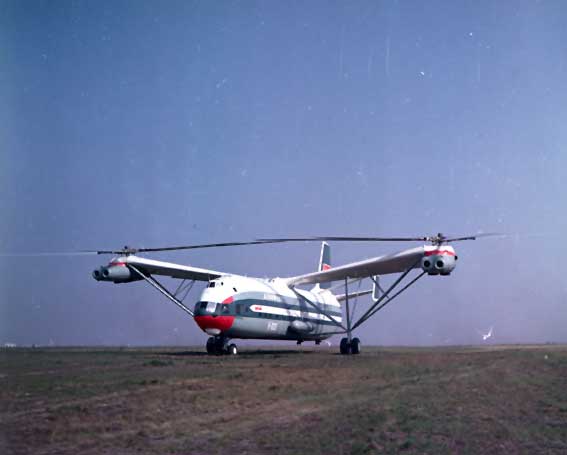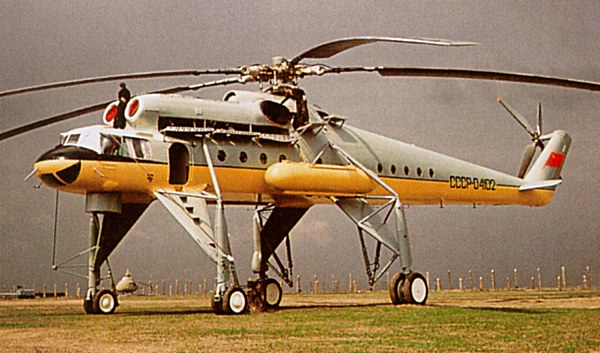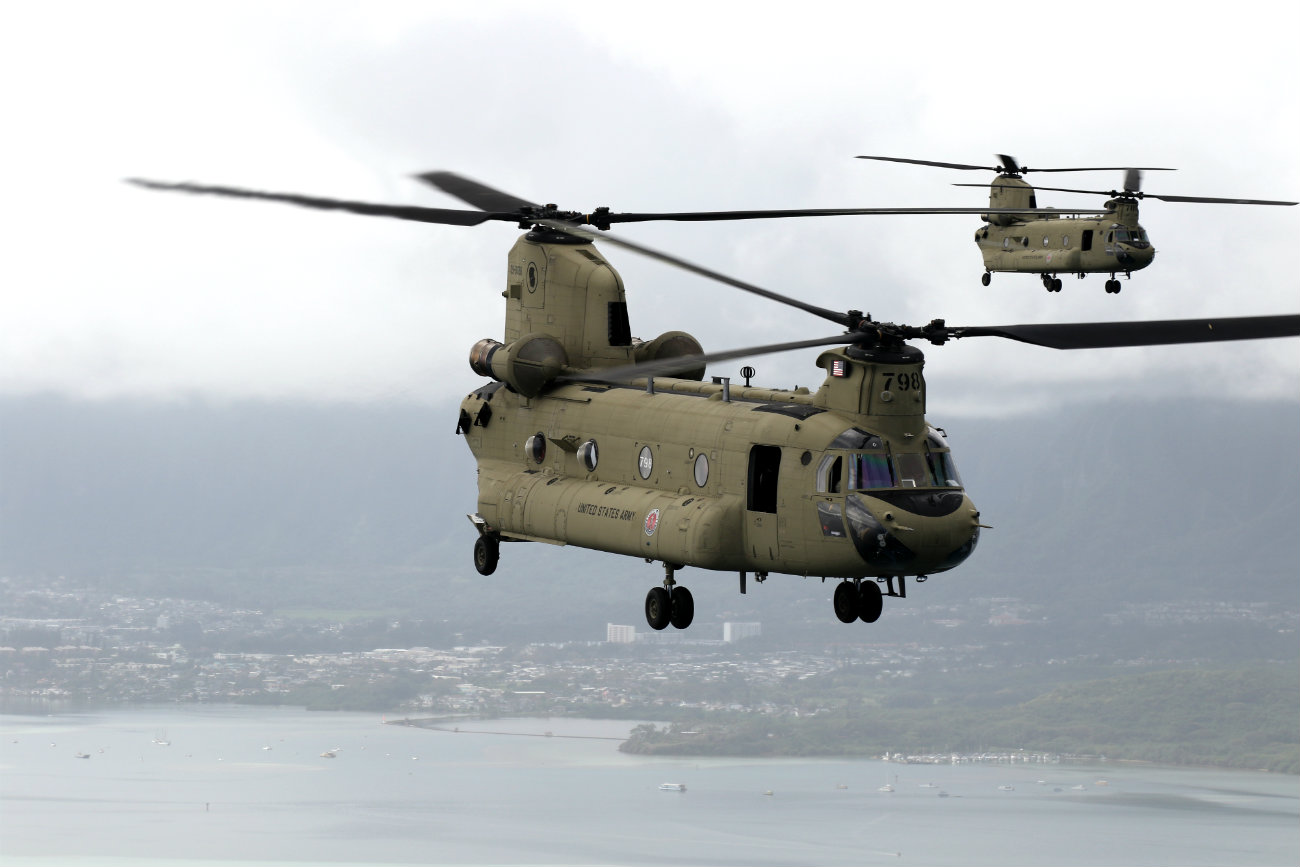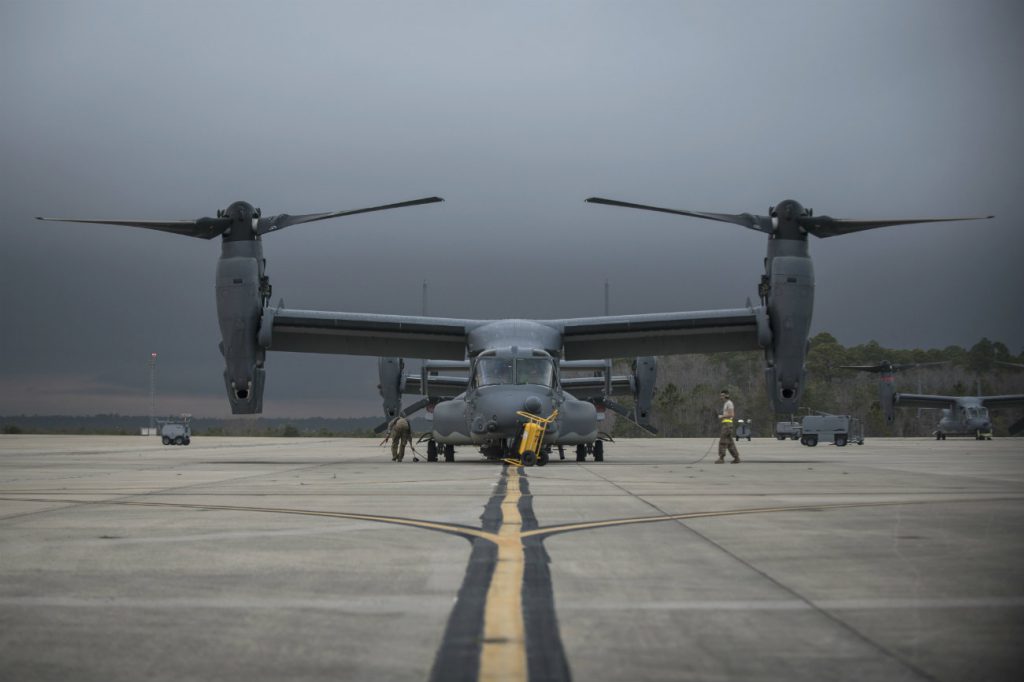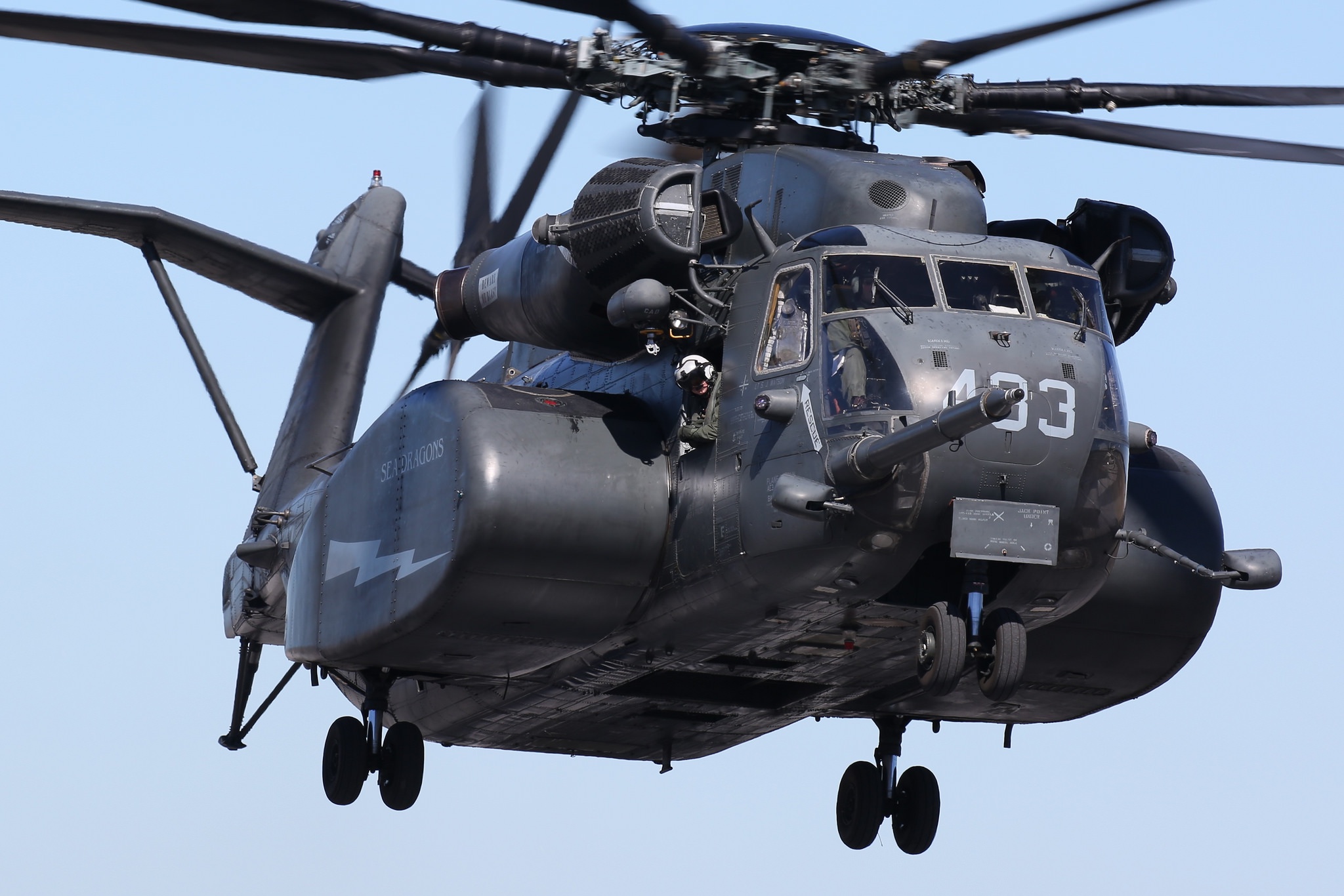The World’s Largest Transport Helicopters
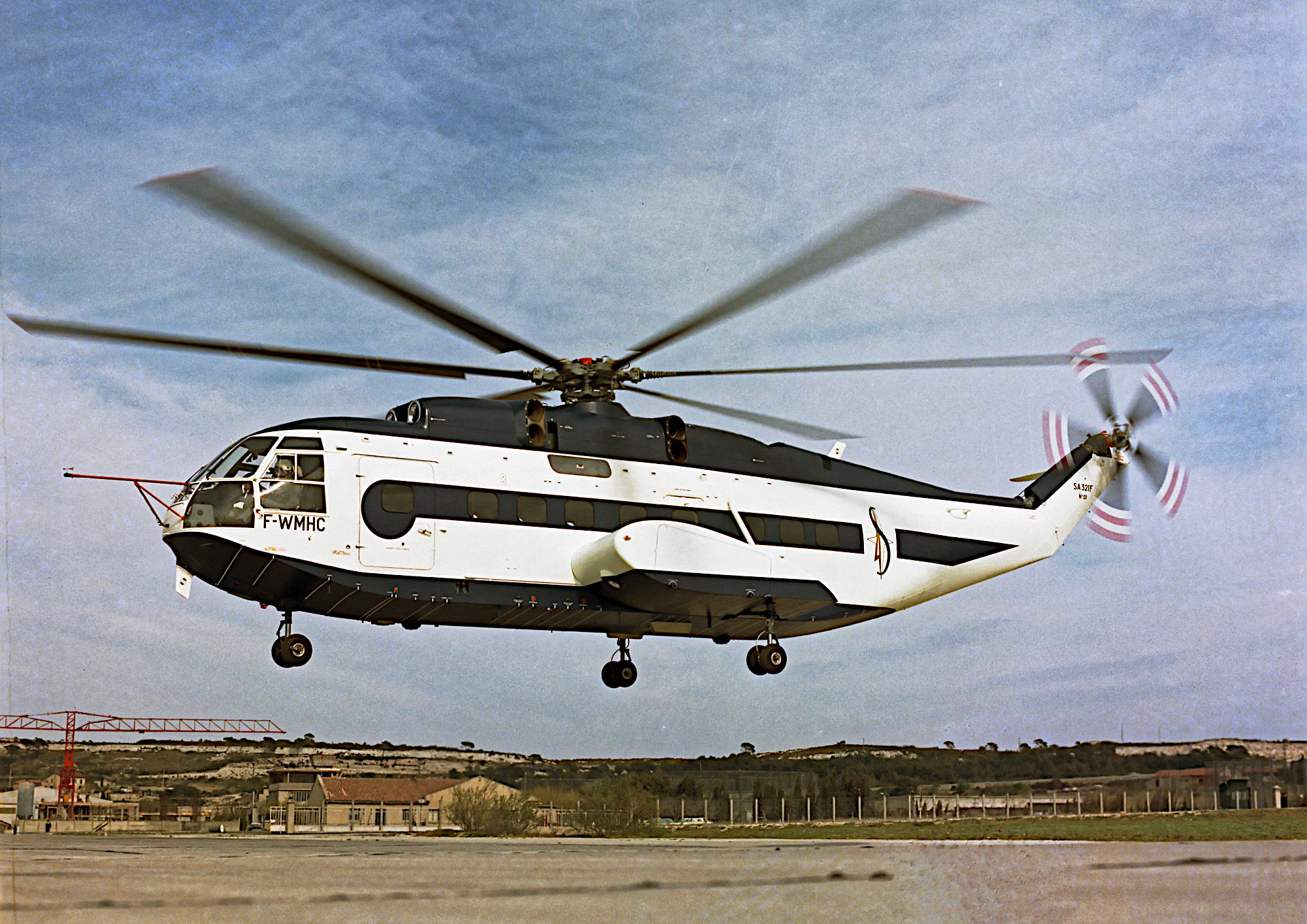
History has shown us that significant advancements in medicine and technological fields have often emerged during times of conflict, especially wars.
Take, for instance, fighter jets and medicine, to name just a few. Also, the need for large-scale transportation was greatly developed during a time of war: the Cold War.
At the beginning of the Cold War, in the Soviet Union, the Red Army asked the aviation bureaus to develop a heavy lifter. Something that could carry troops and equipment into combat zones. The Mil OKB – Opytno-Konstruktorskoye Byuro (Experimental Design Bureau in Russian) came up with an unusual aircraft. It could lift up to 6 tons, and it proved to be what the Soviet commanders had asked for. The project was green-lit on January 1st, 1955, and the final product was named Mi-6. In just two years, on January 5th, 1957, the first production model took off. It was the first turboshaft-powered helicopter developed in the Soviet Union. Thus, the competition for producing bigger, more powerful aircraft began, and the Western Allies entered the game.
So, here is a list of the most powerful rotorcraft created by members of aviation in their pursuit to develop aircraft able to take off with a off with a maximum weight of at least 10,000 kilograms (22,046 pounds).
1. Boeing Vertol CH-46 Sea Knight
Boeing was the first to deliver when the U.S. Marine Corps asked, in 1961, for a medium assault helicopter. Thus, in 1964, the first twin-turbine tandem-rotor CH-46A Sea Knight took off and entered service a year later in Vietnam. It was tasked to transport troops and materials, supporting the U.S. Army.
Thanks to its tandem-rotor system, the Sea Knight, also known as the “Phrog,” proved worthy in adverse meteorological conditions. It could withstand crosswinds and land on moving ships. Powered by a pair of General Electric T58-GE-16 turboshafts that delivered 1,879 shaft horsepower, it’s 45 feet (13.92 meters) in length and had a rotor diameter of 51 feet (16 meters). Since its maximum takeoff weight was 24,300 pounds (11,000 kilograms), it’s at the bottom of our list. But we can’t ignore its capabilities and long, successful history.
2. The Aérospatiale SA 321 Super Frelon
Sud Aviation was one of the most important helicopter manufacturers in Europe. The French company is renowned for many outstanding successes. But in our list, it’s brought to light with the SA 321 Super Frelon (Hornet in French).
On December 7th, 1962, the mighty French hornet took its maiden flight powered by three Turbomeca IIIC Turboshaft engines that developed 1,550 shp each. The production version entered service in 1966, but not before establishing a world speed record for helicopters. In July 1963, a modified version of this French bird was clocked at 217.7 mph (350.4 km/h). Remember, folks, this is a transport helicopter. In the real world, it’s like the fastest semi on the road. Considering that it’s a 76 ft (23.03 meters) long aircraft with a 62 ft (18.9 meters) rotor diameter, more oversized than an over 100-unit apartment complex. It was sent to a well-deserved retirement in 1981 from the French Army. It was also produced under license in China.
3. SkorSky CH-54 Tarhe
On May 9th, 1962, the American heavy-lift helicopter manufacturer Sikorsky embarked on a new era in aviation with the CH-54 Tarhe. In case you’re wondering where the name “Tarhe” comes from, it’s derived from an Indian chief who had this name, and his nickname was “The Crane.” Just like him, the CH-54 was built to be a sky-crane. It primarily served as a recovery helicopter, but it could also carry a large, 15,000-pound (6,800 kg) payload. Additionally, it proved useful in delivering heavy cargo to remote locations, such as forest fire bases, army hospitals, and battlefield frontlines.
The CH-54 Tarhe was powered by a pair of Pratt & Whitney T73-P-700 turboshaft engines, each producing an astounding 4,800 shaft horsepower. This giant helicopter was 88.6 feet (27 meters) long and had a main rotor diameter of 72 feet (22 meters). The CH-54 Tarhe earned its place in our list due to its maximum takeoff weight of 47,000 pounds (21,000 kg), showcasing its impressive lifting capabilities.
4. The Boeing CH-47 Chinook
Also known as the Workhorse of the rotorcraft world, is in the league of heavy-duty vehicles. Maybe its shape with tandem rotors might be confused with the CH-46 Sea Knight, but it’s the Workhorse with its various generations. In addition, it is very popular and can serve many purposes, from heavy-lift transportation to carrying troops or cargo. Moreover, it proved its efficiency during disaster relief, search and rescue operations, firefighting, heavy construction, and others.
While the Navy needed a medium transport helicopter, the Army asked for a heavier transport one. Thus, the first Chinook took to the skies in September 1961 and entered service the following year. The first of its kind, the CH-47A Chinook, had its maiden flight in August 1962. With a maximum takeoff weight of 33,000 pounds (14,969 kg) and a payload of 10,000 pounds, it clearly deserves a place on our list.
But we want to talk about the D version, which was, at the time of launch, the heavyweight of the family. It could take up to 26,000 pounds (12,000 kg) under its belly and had a maximum takeoff weight of 50,000 pounds (22,680 kilograms). The triple-hook system was crucial for payload stability, and that made it capable of carrying 155mm howitzers with a speed of up to 161 mph (260 km/h). It was not a small aircraft by any measure. It measured 98.10 feet (30.1 meters) in length, and its rotors were 60 feet (18.3 meters) in diameter. Due to its size, it could carry up to 55 troops besides the flight crew. The CH-47D was powered by two Lycoming T55-GA-712 turboshafts, each outputting 3,750 shaft horsepower.
5. The Bell Boeing V-22 Osprey
Is no ordinary aircraft. It combines the capabilities of a helicopter for takeoffs and landings like a typical chopper but transforms into a turboprop high-altitude aircraft for efficient travel. According to Bell Boeing, the Osprey can carry 24 combat troops or up to 20,000 pounds (9,072 kilograms) of internal cargo or 15,000 pounds (6,804 kilograms) of external cargo, twice the payload of a regular helicopter. It features a cross-coupled drive system, so either engine can power the rotors if one engine fails.
For shipboard compatibility, the rotors fold, and the wing rotates to minimize the Osprey’s footprint for storage. The V-22 tiltrotor aircraft is the only vertical lift platform capable of rapid self-deployment to any theater of operations worldwide. The Osprey is powered by two Rolls-Royce T406-AD-400 turboprop/turboshaft engines, each with a whopping output of 6,150 horsepower. The rotors have a diameter of 38 feet (11.6 meters), and the total length of the aircraft is 57.14 feet (17.5 meters). With a maximum takeoff weight of 60,500 pounds (27,400 kilograms), the tiltrotor aircraft made it to our list. It can lift up to 20,000 pounds (9,070 kilograms) of internal cargo or up to 15,000 pounds (6,800 kilograms) of external cargo.
6. Sikorsky CH-53E Super Stallion
Based on the CH-53 Sea Stallion, the Super Stallion is currently the largest and heaviest chopper in the U.S. military inventory. With an internal payload of 30,000 pounds (13,600 kilograms) and an external payload of 32,000 pounds (14,500 kilograms), the Sikorsky CH-53E Super Stallion is the only helicopter that can lift the 155mm howitzer completely with crew and ammo. Furthermore, it can lift an aircraft as heavy as itself.
Powered by three General Electric T64-GE-416/416A turboshafts, each rated at 4,380 shp, with a length of 99 feet and 1/2 inches (30.2 meters) and a rotor diameter of 79 feet (24 meters), the Hurricane Maker (a nickname derived from the downdraft it generates) has a maximum takeoff weight of 73,500 pounds (33,300 kilograms).
7. The Mil Mi-6
Often referred to as the “Hook,” marked a significant milestone in heavy-lift aviation when it first took flight in the late 1950s. This behemoth of a helicopter was officially inducted into service by NATO in 1960, and production continued until 1981, resulting in approximately 860 units built during that period. At the time of its introduction, the Mi-6 was the world’s largest operational helicopter and also the Soviet Union’s first turboshaft helicopter. Even more impressively, it bested the Sikorsky Trophy in 1961 as the first helicopter to exceed 186 mph or 300 km/h in level flight.
The Mi-6 was powered by two Soloviev D-25V turboshaft engines, boasting a combined output of 11,000 shp. With rotor diameters of 114 feet and a length of 108 feet, the Mi-6 had a maximum takeoff weight of 93,700 pounds and an internal cargo capacity of 26,400 pounds. This helicopter was capable of carrying up to 90 passengers or 70 fully-equipped airborne troops.
8. Mil Mi-10
Developed in 1962 and based on the Mi-6, the Mil Mi-10 has a maximum takeoff weight of 96,340 pounds (43,700 kilograms). Though without a big difference in maximum takeoff weight from its predecessor, the “Harke” (NATO codename) has a payload on the platform of up to 33,070 pounds (15,000 kg) or a 17,635-pound (8,000 kg) max slung payload.
As noted here, while the Mi-6 and Mi-10 share the same engines, transmission, hydraulic system, and rotor system, the latter featured a cut-down fuselage designed mostly for passenger accommodation and without the required internal capacity or large loading doors for bulky loads. The Mi-10 had large external fuel tanks and wide-track, four-legged, extended landing gear to allow the big helicopter to straddle bulky cargoes.
9. The Mil Mi-26
Known as the “Halo” in NATO code is not just the biggest helicopter in history, but it also holds the record for the longest and most powerful rotorcraft ever to reach the assembly line. Introduced in 1983 and still operational, the Mi-26 is powered by two Lotarev D-136 turboshafts with a combined output of 22,480 shp and boasts a maximum takeoff weight of 123,500 pounds (56,000 kilograms). It can transport payloads of up to 44,000 pounds (20,000 kg) for distances of up to 497 miles (800 kilometers).
The Mi-26 features a standard crew of four, including a pilot, co-pilot, navigator, and flight engineer. The cockpit is equipped with oversized windows to improve visibility. These wide-view screens are fitted to check the load during flight. The cockpit is pressurized, though the cargo bay is not.
10. The Mil Mi-12
Often referred to as the “Homer,” stands at the top of our list as the world’s largest helicopter, a record held by the Russians with this unconventional flying contraption.
Though the Mi-12 never made it to production, two prototypes were built. The first flight took place in 1968, and it made its public debut in 1971 at the Paris Air Show. Codenamed “Homer,” the Mi-12 used a side-by-side rotor scheme, each rotor powered by a pair of Soloviev D-25VF turboshafts, each outputting 5,500 shp, for a total output of 22,000 shp.
With a length of 121 feet and 4 inches (37 meters) and a rotor diameter of 114 feet and 10 inches (35 meters), the Mi-12 had a maximum takeoff weight of 231,500 pounds (105,000 kg) or 231,500 pounds and could carry the payload record with 88,636 pounds (44,205 kg).
Hits: 7
